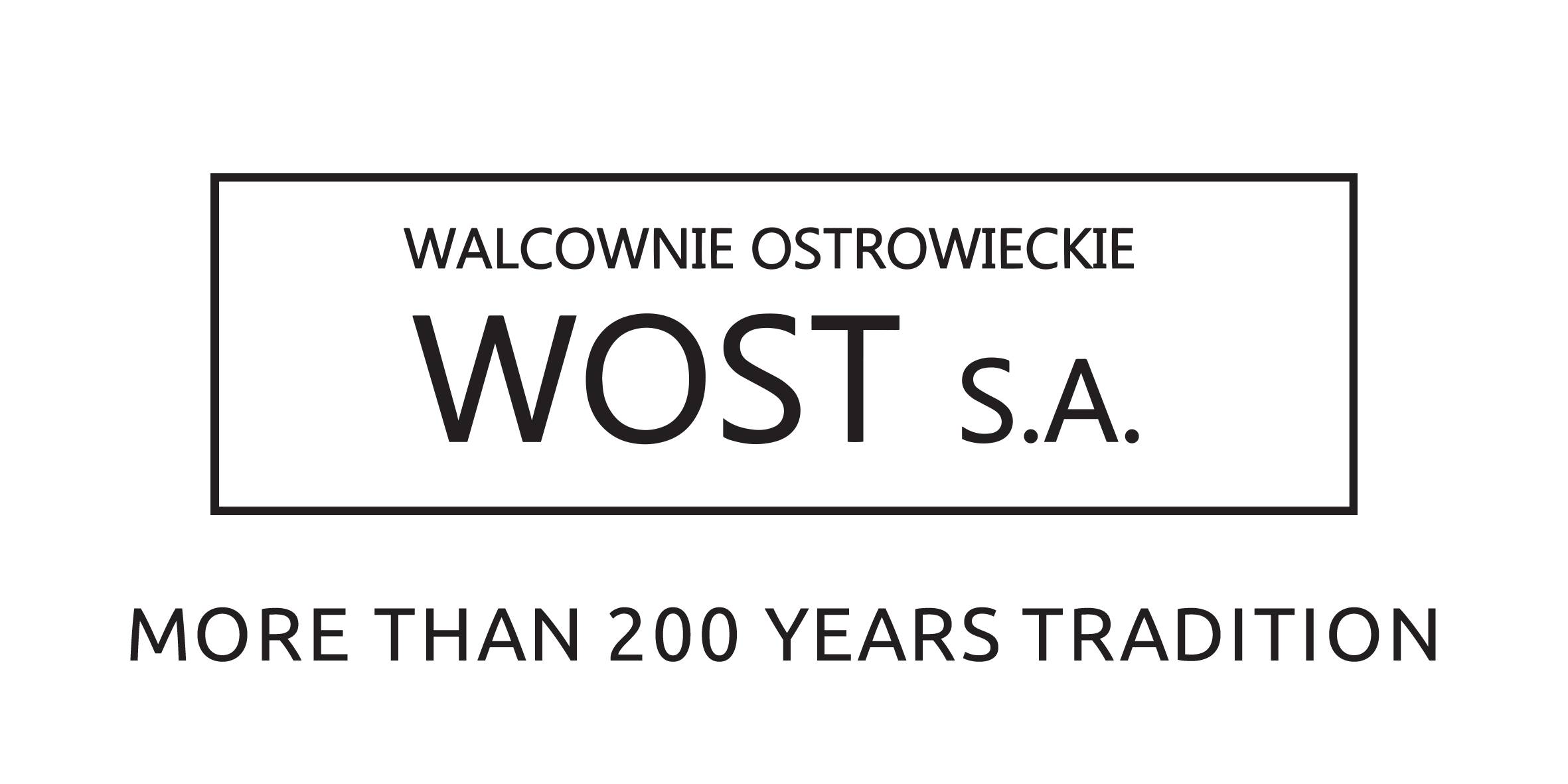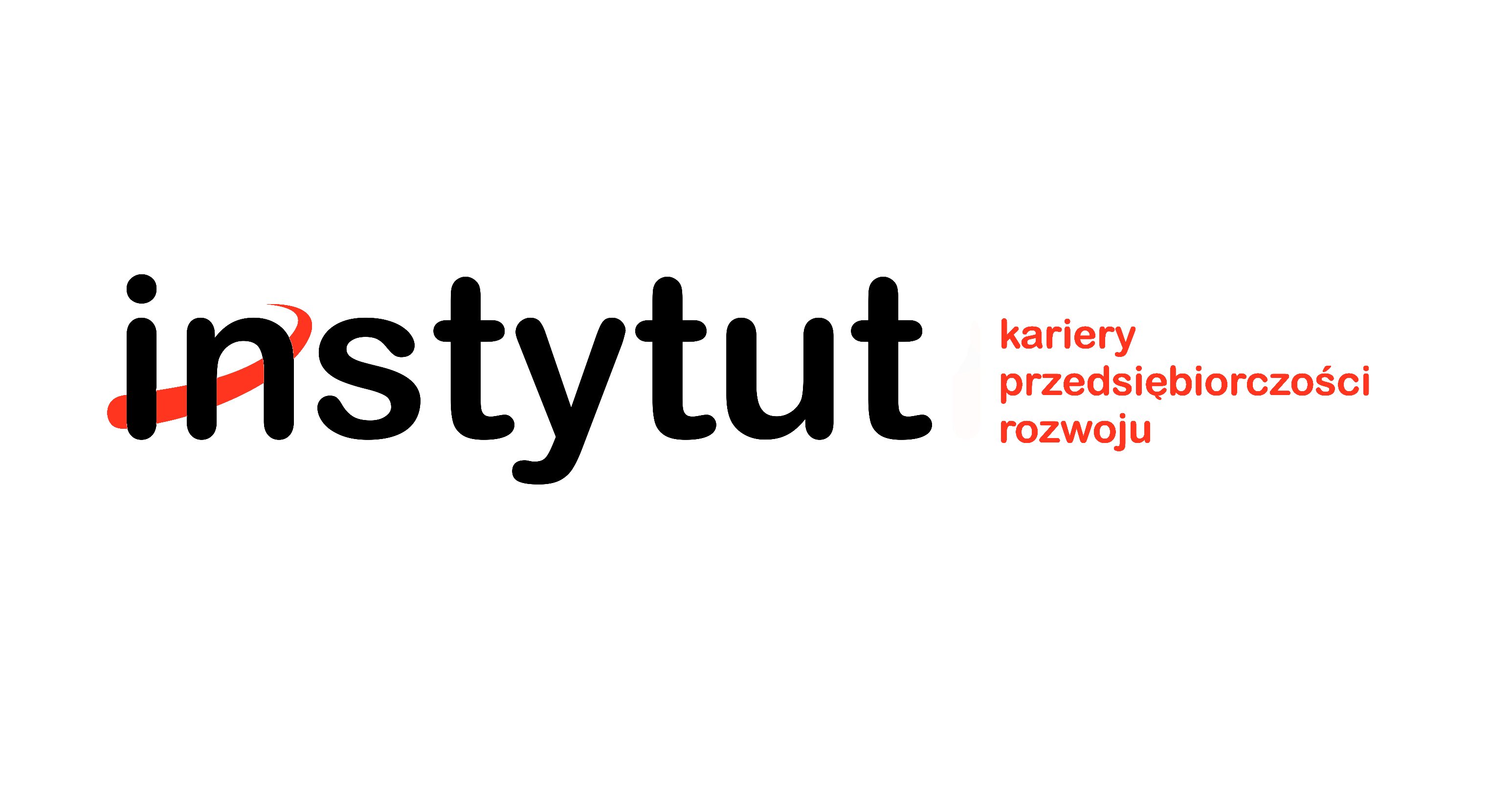One of the tools of social influence is our self-presentation behavior. What are these behaviors?
These are activities aimed at exercising control over the image of oneself, shaped in the minds of other people during contact with them. We work on how we are perceived by others, and we do it all our lives. We create our image through our appearance, clothes, behavior, the way we talk and through the actions we take. We manage this impression whenever we are in the presence of other people. We can have several images – the professional one at work, the personal one among friends, at home, etc.
Our image consists of:
1️⃣ External appearance (our figure/body, clothing, hairstyle, etc.),
2️⃣ Style of communicating with others (through words and body language),
3️⃣ Qualifications, skills, experience, own successes, achievements (e.g. professional, artistic, scientific),
4️⃣ Lifestyle: the quality of our relationships with others, the way we spend our free time (e.g. our interests, music we listen to, books we read), place of residence, material possessions.
_______________
Colors affect our behavior, so it is important to choose the right one for our appearance.
🟥 Red is the color of dominance, attracting attention as well as having a strong emotional impact on us. It communicates such features as rapacity, passion, openness to challenges, passion. It is most often conspicuous, which is why it is considered the most aggressive color. So, it can be used with great caution.
🟦 Blue is the opposite of red, in our opinion it is the color of peace, it does not arouse bad emotions, but rather trust and self-control. It is also associated with intelligence. It will work great as a color of a shirt / blouse.
🟨 Yellow is considered the color of joy and warmth (due to its association with the color of the sun and gold). We pay less attention to it than to red, but thanks to its equally good visibility, it can be remembered. As an addition, it will be perfect for people with an optimistic attitude towards life. In a pastel variety, it can also be the color of a blouse or shirt.
🟩 Green is associated with hope, youth and creativity. It describes people who approach life in a very realistic way. It is also attributed to knowledge, intuition or durability. Good for accessories (e.g. a scarf, jewelry), in pastel variations as the color of shirts or blouses, for women in dark green can also be a jacket.
⬛ Black is most often associated with sadness and mourning. It is considered a color for people. which are individual. It can be associated with seriousness, courage and full professionalism and luxury. In everyday clothing, it is better to stop at shoes or a handbag in this color – it is better to avoid black suits or costumes (variants of this color are better, such as graphite, dark gray, gray).
⬜ White is associated with coolness and purity. White perfectly neutralizes other colors and rarely occurs without a combination with others. This color symbolizes wisdom, knowledge, good and truth, and rejuvenates. Good as a color for shirts or blouses.
🟧 Orange associated with positive energy and health. It can evoke various emotions because it is made of a combination of two other colors: yellow and red. It symbolizes balance, a sense of security, warmth and independence. In this case, moderation in using it in clothing is also suggested.
🟫 Brown is the color of stagnation and nostalgia. It does not motivate us to act, it has the opposite effect. It is a symbol of people who do not want to improve their fate but leave it as it is. Therefore, it is worth using it carefully in clothing. Of course, the shade of brown is also important – the brighter, warmer it is, the closer it is to red.
🟥⬜ Pink can ease fears and growing conflicts; has a soothing effect. In the stereotypical reception, it can be considered a frivolous color and often associated with femininity. Recommended in pastel varieties for blouses or shirts.
🟦⬛ Navy/dark blue will be associated with intelligence, leadership skills, responsibility and self-sufficiency. Perfect for accessories (purse, scarf, jewelry), but it will also work in the color of a suit or suit. In combination with red accessories, it creates a great business image.
_______________
Gestures
Our gestures, in addition to verbal communication, are the basis for conveying information to the other person about what we really mean. That is why it is worth using appropriate gestures that will emphasize our image, and avoid those that can spoil it.
What not to do?
❌ do not cross your arms over your chest, even if it is very comfortable, because such an attitude may be interpreted by some as closed and distrustful;
❌ do not tap your fingers on the top of the table or desk, do not snap a pen, do not bend papers, do not crack your knuckles, do not bite your nails;
❌ do not point with one finger (better with the whole hand);
❌ do not clench your fists – show open hands more often in gestures;
❌ do not wave your arms excessively;
❌ do not touch or pat anyone;
❌ keep your hands away from your face (do not rub your forehead, nose, eyes, scratch your head, etc.);
❌ if you sit at a table/desk – keep your hands on the tabletop, not under it;
❌ if you have documents or a briefcase with you – do not cover yourself with them during the conversation.
Body posture, way of walking
The way we move is also part of our self-presentation strategy. It will always work:
✅ upright silhouette (back),
✅ even, calm gait – without making small steps and without taking “seven-mile” steps,
✅ raised head (but without lifting it too high),
✅ sitting on the entire chair so that your back is always straight (if the backrest of the chair makes you sit almost semi-reclined – do not lean back, sit straight).
Facial expressions
The most important thing is a smile. Smiling people are always assessed more positively in the first impression than sad people. Show with your face that you are a rather cheerful person – this will give you some “positive points” to start with. Practice it because sometimes it’s hard to smile when you’re stressed, and that’s often the case in a job interview.
The second important element in the first impression is eye contact. Look your interlocutor in the eye when you greet them and during the conversation. Looking at the interlocutor signals interest, respect for the other person.
Words, expressions, phrases
There are a few rules to follow when meeting an employer for the first time:
👉 say hello! Say “good morning” – this formula is the safest; avoid greetings “welcome”, “good day to you” or similar;
👉 introduce yourself! Say your name clearly and loudly (in that order); say “my name is (insert your name here)”;
👉 speak not too fast, but loud enough. Use “keywords”, i.e. phrases used in a given industry, related to the job for which you are applying;
👉always have answers ready for questions like “tell us something about yourself”;
👉 always highlight your assets, strengths, achievements; even if you talk about your flaws – show how you fight them.


